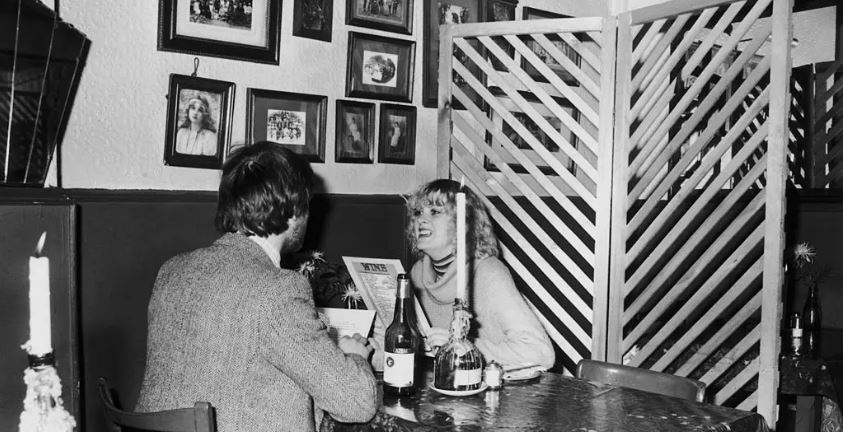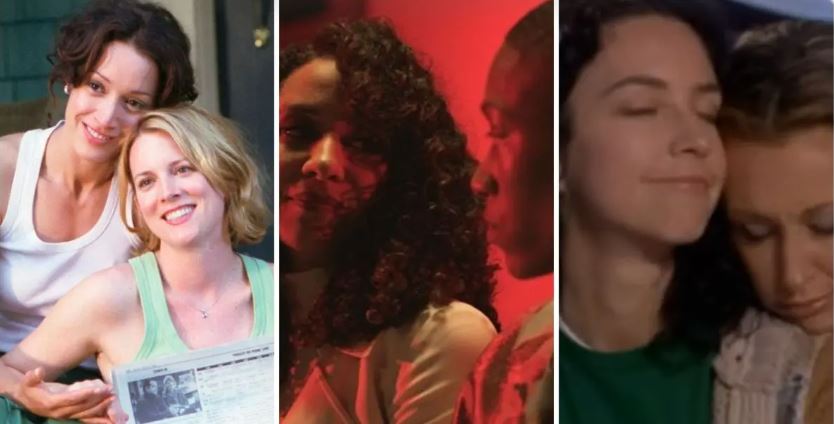When was Halloween invented? A brief and chilling history of the spookiest holiday.
Whether you’re a casual enjoyer of Halloween or go all-out with costumes and candy, it’s clear that this spooky holiday brings annual thrills and chills to many. Because Halloween has been around for so long, not many people might know about the origins of the tradition, which date back hundreds — if not thousands — of years.
When was Halloween invented? Who started Halloween, and when did trick-or-treating become a thing? Here’s the scoop on the history of the holiday.

Halloween was invented over 2,000 years ago by the Celts.
Although the origins of any long-standing tradition are murky, most historians agree that Halloween’s origins date back 2,000 years to the ancient Celtic festival of Samhain (pronounced sow-in). Celtic people, who lived in the area that is now Northern Ireland, the U.K., and parts of France, celebrated this festival on October 31.
Not only did Samhain mark the end of the harvest and the beginning of winter, but, according to the History Channel, it was also a day where the “boundary between the worlds of the living and the dead became blurred.” It was believed that on the night of Samhain, ghosts of the dead returned to the earth. As such, enormous bonfires were built, animals were sacrificed, and people wore costumes (usually also of animals) in sacrifice to Celtic deities.
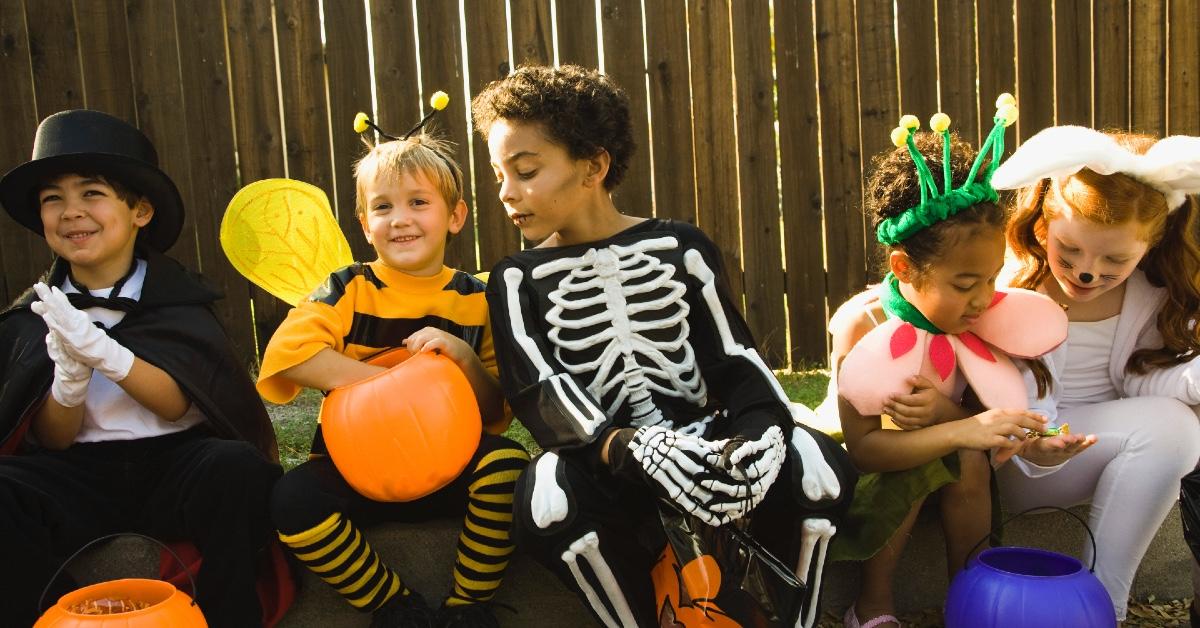
After the Romans conquered most of the Celtic territory, the influence of Christianity brought about All Souls’ Day in 1000 A.D., which was a day to honor the dead on November 2. Activities, including bonfires and dressing up in costumes, often accompanied All Souls’ Day.
The day before All Souls’ Day, however, was known as All Saints’ Day and honored the Christian saints on November 1. Another title for this day was All Hallows’, which evolved into All-Hallow’s Eve on October 31 — or, as we know it today, Halloween.
While Halloween has become more popular than the holiday it stems from, people still celebrate All Souls’ Day in November.
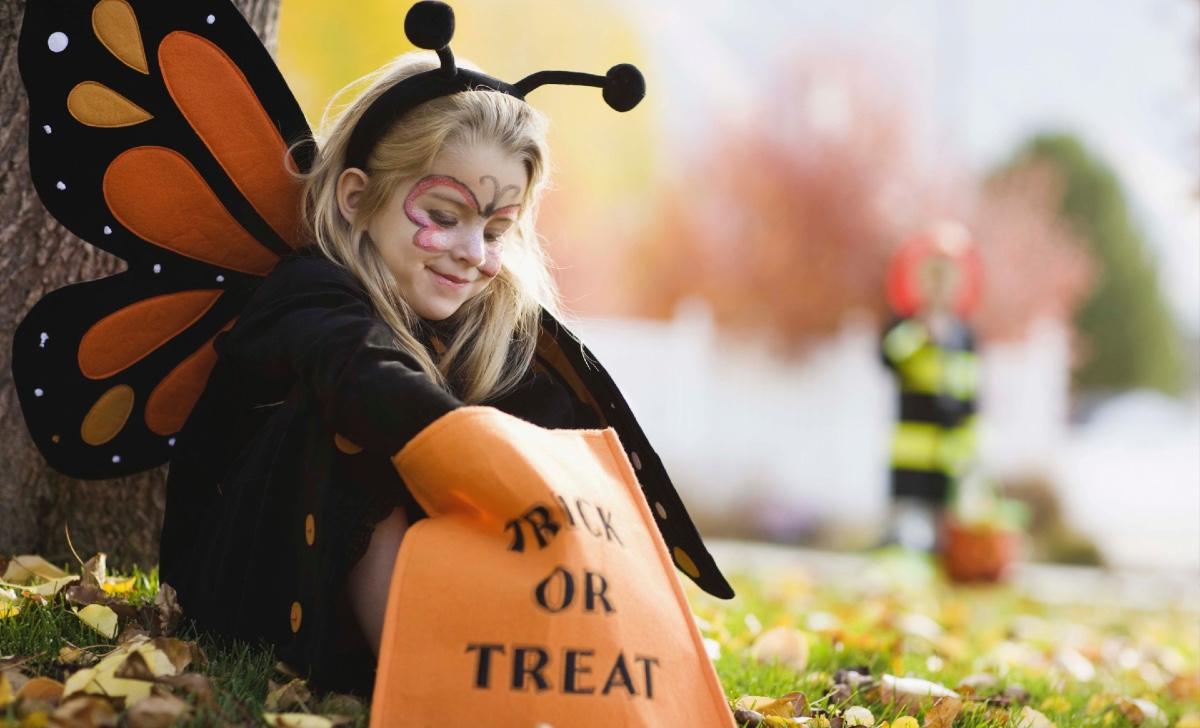
How did “trick or treat” get started?
During parades on All-Souls’ Day, poor citizens would ask attendees for food, and families would give them “soul cakes” in exchange for promising to pray for someone’s dead relatives. The practice of asking for food was known as “going a-souling” and was eventually taken up by children who would visit the houses in their neighborhood for money, ale, and food.
Loose traditions of Halloween were brought over from Europe to colonial America, mostly involving telling ghost stories and mischief-making. However, in the late 19th century, when Irish immigrants began to flee during the Irish Potato Famine, they helped popularize Halloween throughout the country.
Borrowing from the original European traditions, Americans then began dressing up in costumes and going house-to-house to ask for food or money. There was also a move to mold Halloween into a tradition more about community, where neighbors could get together to play games, eat foods of the season, and dress up in costume. Parents were encouraged to leave the “frightening” out of their costumes, which gradually led to Halloween losing many of its previous religious overtones.
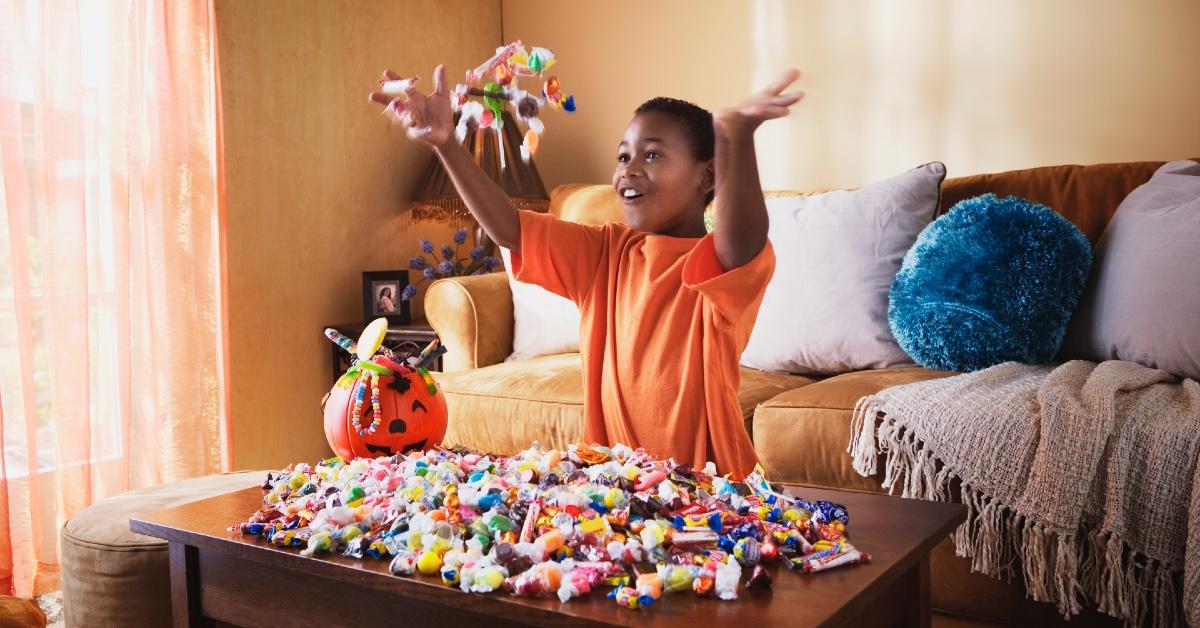
For a while, trick-or-treating was not in practice, especially with the focus on Halloween being more community-centric with parades or town-wide events. However, between 1920 and 1950, trick-or-treating came into practice to help limit community vandalism, with the theory being that children would stop playing “tricks” for the holiday if they were given “treats.”
No matter how you celebrate, it’s clear that Halloween has morphed into a well-beloved tradition that’s here to stay!




